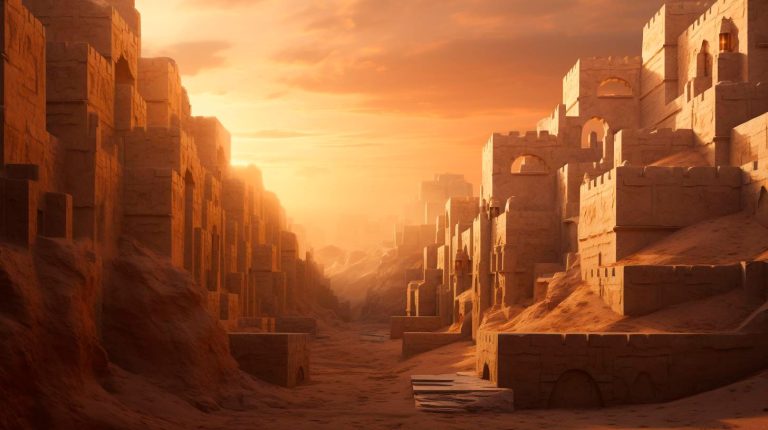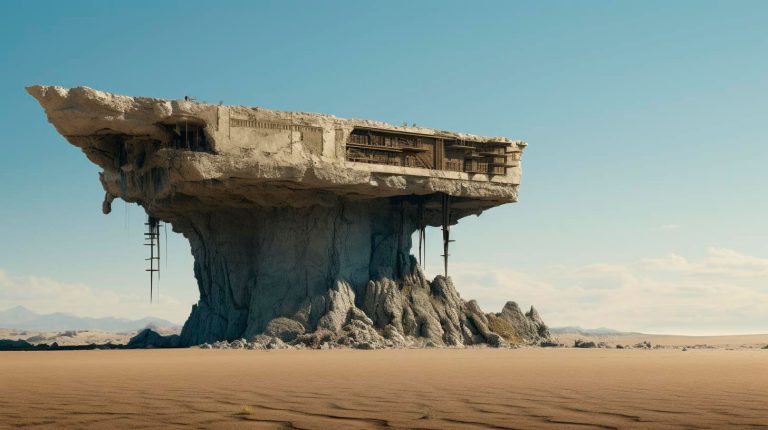Let’s explore how this synergy is reshaping industries and revolutionizing the way we engage with products.
The Power of Visual Storytelling
Photography has a unique ability to capture emotions, freeze moments in time, and convey compelling narratives. It has been a key medium for storytelling for decades, enabling us to witness history, explore distant places, and share diverse perspectives. With the advent of immersive product design, this power has been elevated to new heights.
Immersive product design leverages technologies like virtual reality (VR) and augmented reality (AR) to create interactive experiences that blur the lines between the physical and virtual worlds. By integrating photography into these immersive environments, designers can transport users to breathtaking locations, showcase products in realistic contexts, and evoke deep emotional responses.
- Creates a captivating narrative: Incorporating photography within immersive product design allows for a more engaging storytelling experience. Users can be immersed in visual narratives that evoke emotions and drive connections, facilitating a deep engagement with the product.
- Enhances product understanding: By showcasing products in interactive environments, users can gain a better understanding of their features, benefits, and usage. This allows for a more informed purchasing decision and reduces the risk of buyer’s remorse.
- Increases brand connection: When photography is integrated seamlessly into immersive product design, it amplifies the brand’s voice and identity. Users feel a stronger connection to the brand, leading to increased brand loyalty and advocacy.
Revolutionizing Industries
The fusion of photography and immersive product design is transforming industries across the board. From e-commerce to tourism, architecture to automotive, businesses are leveraging this synergy to create unforgettable experiences, drive sales, and stay ahead of the competition.
E-commerce:
Online shopping has become increasingly popular, and companies are constantly seeking innovative ways to replicate the in-store experience. By intertwining photography and immersive design, e-commerce platforms can provide users with virtual showrooms, allowing them to visualize products in realistic settings and make informed choices. This not only reduces return rates but also enhances customer satisfaction and brand loyalty.
Tourism:
The travel industry has greatly benefited from the fusion of photography and immersive product design. Users can now embark on virtual tours of destinations, explore hotels, and experience popular attractions from their own homes. This immersive experience serves as a powerful marketing tool, enticing travelers to visit, increasing bookings, and expanding the reach of tourism businesses.
Architecture:
Architects and interior designers are utilizing immersive product design to revolutionize the way they showcase their projects. Through virtual reality, clients can walk inside their future homes, experience the design and layout, and make informed decisions. This innovation streamlines the design process, improves client satisfaction, and reduces costly revisions.
Automotive:
The fusion of photography and immersive design has had a profound impact on the automotive industry. Car manufacturers now create virtual showrooms, enabling customers to explore vehicle interiors, customize features, and visualize their dream cars. This immersive experience enhances the buying journey, boosts sales, and empowers customers to make confident purchase decisions.
These examples only scratch the surface of the transformative power of photography and immersive product design. As technology continues to advance, the possibilities are endless, and industries will continue to adapt and innovate to meet the ever-growing demands of consumers.
Key Takeaways
The fusion of photography and immersive product design has ushered in a new era of transformative experiences. Here are the key takeaways from this convergence:
- Visual storytelling reaches new heights when integrated into immersive environments, creating captivating narratives that drive user engagement.
- Immersive product design enhances product understanding, enabling users to make informed purchasing decisions and reducing buyer’s remorse.
- The integration of photography in immersive design strengthens brand connections, fostering brand loyalty and advocacy.
- Industries such as e-commerce, tourism, architecture, and automotive are revolutionizing their practices by leveraging this fusion.
- The possibilities are endless, and as technology advances, the transformative power will continue to grow.
Conclusion
The fusion of photography and immersive product design is reshaping the way we engage with products, revolutionizing industries, and creating transformative experiences. The integration of visual storytelling within immersive environments elevates narratives, enhances understanding, and strengthens brand connections. As industries continue to adapt and innovate, the transformative power of this fusion will only continue to grow, offering users unforgettable experiences and businesses a competitive edge in the market.
















+ There are no comments
Add yours